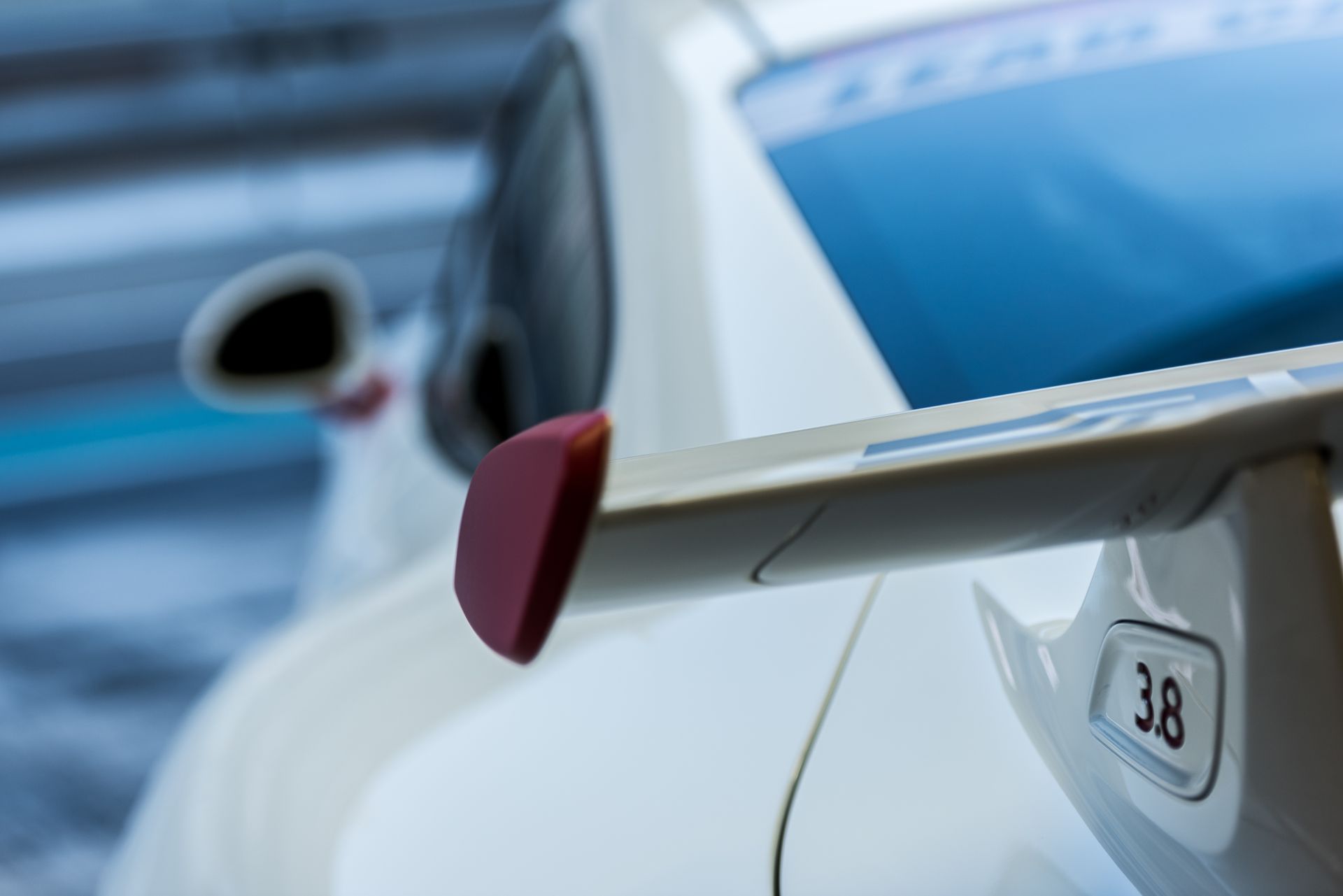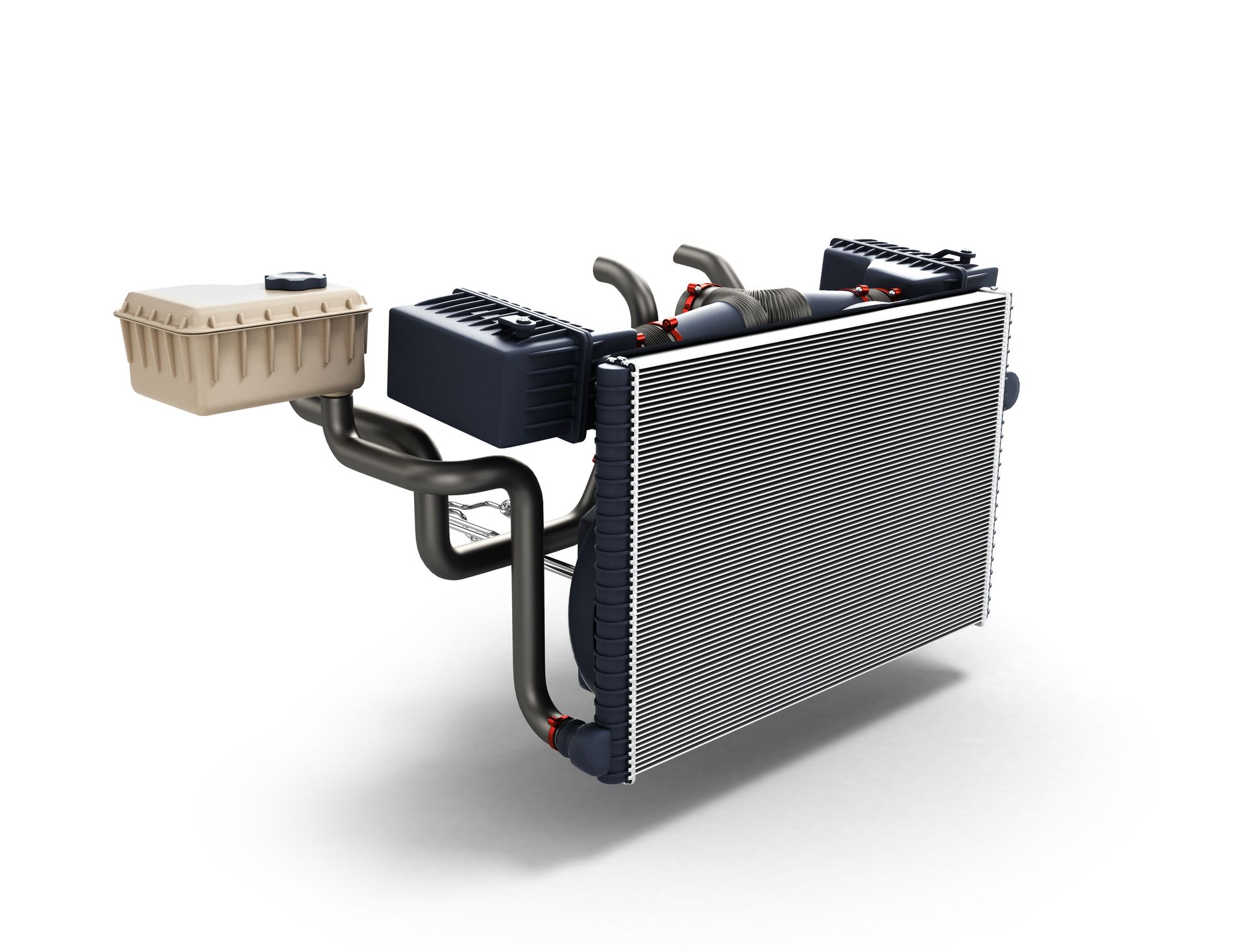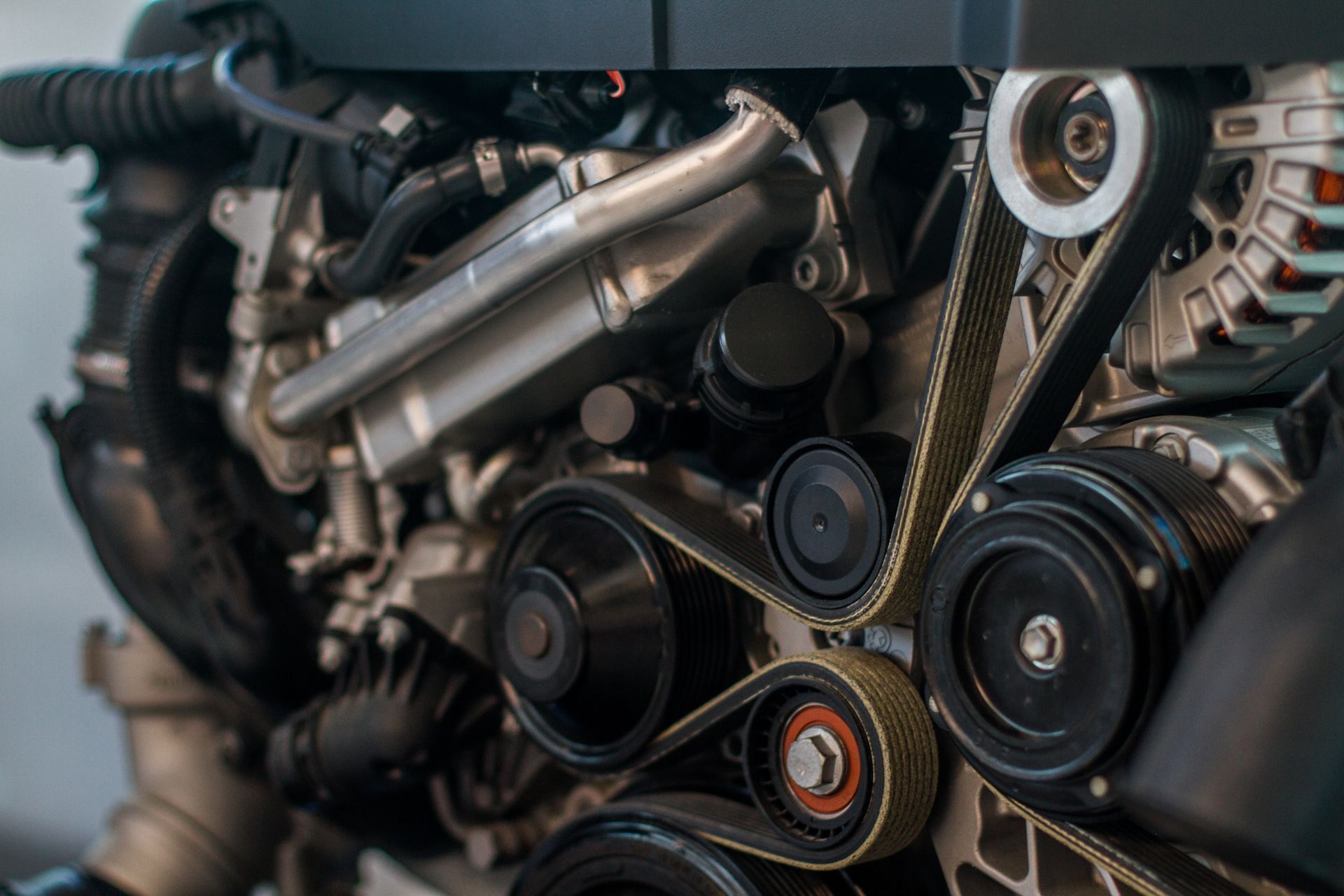An automatic transmission should shift gears smoothly, almost without you noticing. When gear changes start to feel rough, jerky, or delayed, it’s a sign that something in the system isn’t working as it should. Left unaddressed, rough shifting can lead to expensive repairs and even complete transmission failure. Understanding the possible causes can help you spot problems early and keep your vehicle running smoothly.
How Automatic Transmissions Work
An automatic transmission uses hydraulic pressure, gears, clutches, and electronic controls to deliver power from the engine to the wheels. It automatically selects the right gear based on your speed, acceleration, and load. This system relies on precise timing and proper fluid pressure to change gears without harshness. When one part fails or begins to wear out, the shift quality suffers.
Low or Contaminated Transmission Fluid
Transmission fluid lubricates moving parts, cools the system, and creates the hydraulic pressure needed for shifting. If the fluid is low, dirty, or burnt, it can cause harsh gear changes, slipping, or delayed shifts. Checking fluid level and condition regularly is one of the simplest ways to protect your transmission. Bright red fluid is healthy, while dark, burnt-smelling fluid should be replaced right away.
Worn or Damaged Internal Components
Over time, clutches, bands, and gears inside the transmission wear down. If they become too worn, the transmission may struggle to hold or change gears properly. This can result in rough or erratic shifting. Replacing these parts often requires removing and rebuilding the transmission, making early detection and maintenance especially important.
Faulty Sensors or Electronic Controls
Modern transmissions rely on sensors to determine when to shift and how much pressure to apply. A faulty throttle position sensor, speed sensor, or shift solenoid can send incorrect signals, leading to abrupt or delayed shifts. Sometimes, an issue can be resolved with a simple sensor replacement rather than a major repair.
Problems With the Torque Converter
The torque converter transfers power from the engine to the transmission while allowing the vehicle to come to a stop without stalling. If it’s malfunctioning, you may notice shuddering, slipping, or a sudden jolt when shifting into certain gears. Torque converter issues can feel similar to internal transmission problems, so proper diagnosis is essential.
Overheating and Heavy Loads
Towing heavy loads, driving in mountainous areas, or spending a lot of time in stop-and-go traffic can raise transmission temperatures. Excessive heat breaks down fluid faster and accelerates wear on components, increasing the chances of rough shifting. Installing an auxiliary cooler can help protect the transmission in these conditions.
How to Prevent Rough Shifting
Regular maintenance is the best way to keep your transmission shifting smoothly. This includes checking and replacing fluid according to your vehicle’s service schedule, addressing leaks promptly, and having the system inspected at the first sign of trouble. Avoid aggressive driving and heavy loads unless your vehicle is designed for them, as this reduces unnecessary strain.
Get Back to Smooth Shifts
At
Silvhorn Automotive in Pemberton, BC, our technicians can quickly diagnose the cause of rough shifting and recommend the right repair, whether it’s a fluid change, sensor replacement, or more in-depth transmission work. Don’t wait until shifting problems turn into a major breakdown—schedule your inspection today and keep your ride smooth and reliable.











